White Faced CapuchinPhotos, Pictures, Prints
View white faced capuchin photos, license white faced capuchin stock pictures, and buy stunning white faced capuchin prints by award winning professional photographer Jon Cornforth. To license an image for editorial or commercial use, click on the License Image button and fill out the form. To purchase a fine art print, select your image size and presentation style before clicking on the Buy Print button.
Cebus capucinus
The white-headed capuchin (Cebus capucinus), also known as the white-faced capuchin, is a medium-sized New World monkey. Native to the forests of Central America, this monkey is important to rainforest ecology for its role in dispersing seeds and pollen.
Among the best known monkeys, this intelligent species has featured in movies and television. Because of its trainability, this monkey has even served to assist paraplegic persons.
It is a medium-sized monkey, weighing up to 3.9 kg (8.6 lb). Though it is mostly black, its pink face and white front give it its common name. Meanwhile, this money also has a distinctive prehensile tail. Usually, the monkey carries its tail coiled up. Also then uses its tail for support when feeding beneath a branch.
This capuchin is versatile, living in many different types of forest, and eating many different types of food, including fruit, other plant material, invertebrates, and small vertebrates. It lives in troops that can exceed 20 animals and include both males and females. Noted for its tool use, these monkeys rub plants over their body in an apparent use of herbal medicine. They also use tools as weapons and for getting to food. It is a long-lived monkey, living up to 44 years.
White-headed capuchins are highly social, living in groups of 16 individuals on average, about three quarters of which are females. Groups consists of related females, immigrant males, and offspring. On average, females birth offspring every 27 months. This, despite the fact that they mate throughout the year. Females tend to stay within their original group. Meanwhile, males leave their natal group when they are 4 years old and change groups every 4 years after.
Explore with Cornforth Images.
-
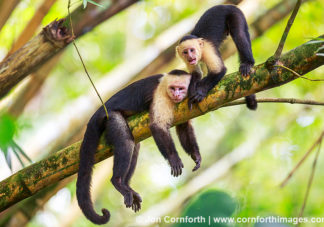
White Faced Capuchin 1
-

White Faced Capuchin 10
-
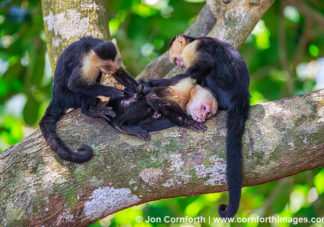
White Faced Capuchin 11
-

White Faced Capuchin 13
-
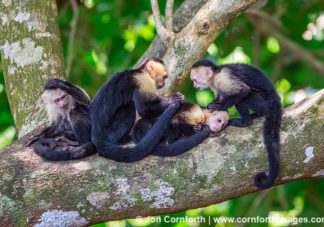
White Faced Capuchin 14
-
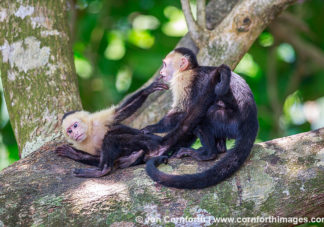
White Faced Capuchin 16
-
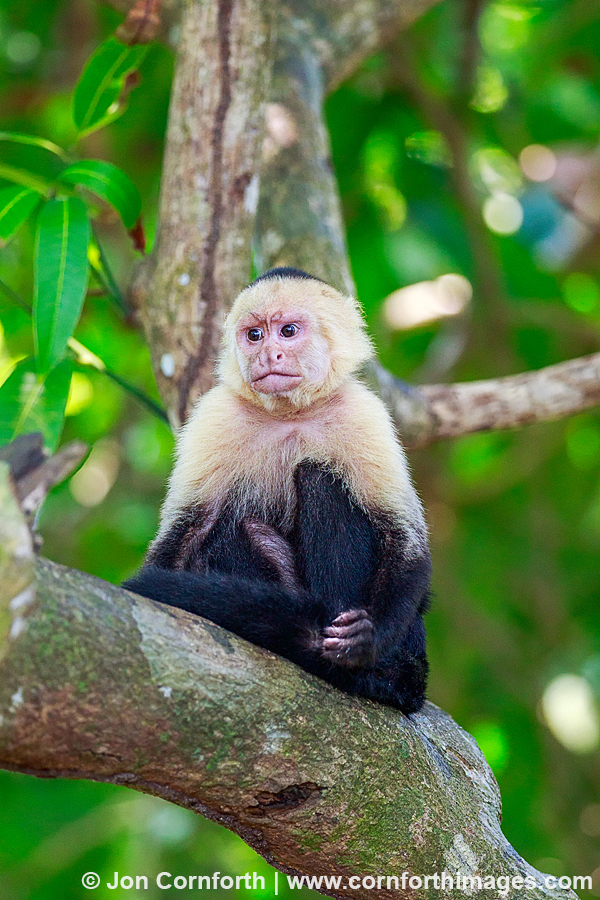
White Faced Capuchin 17
-

White Faced Capuchin 18
-
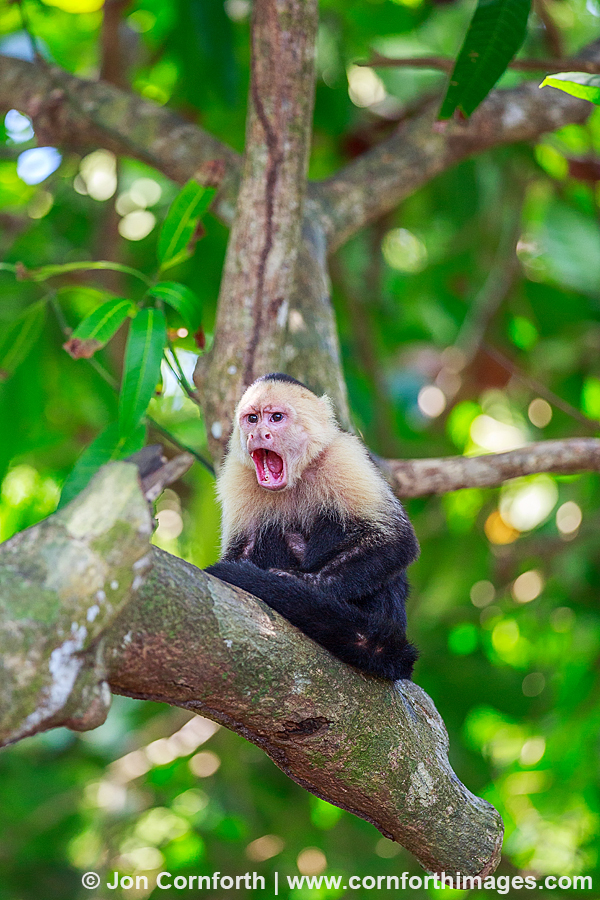
White Faced Capuchin 19
-
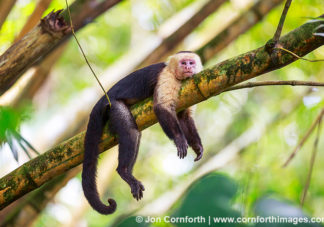
White Faced Capuchin 2
-

White Faced Capuchin 20
-

White Faced Capuchin 21
-
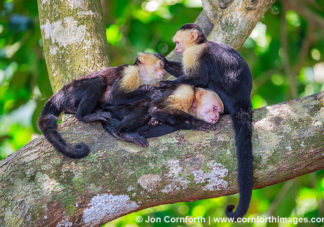
White Faced Capuchin 23
-

White Faced Capuchin 24
-
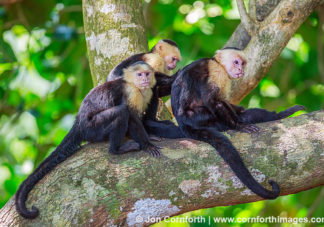
White Faced Capuchin 26
-
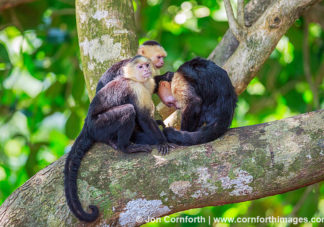
White Faced Capuchin 27
-
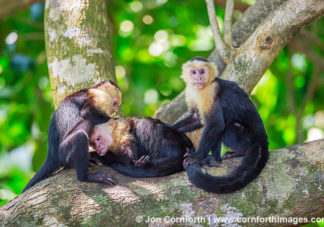
White Faced Capuchin 28
-
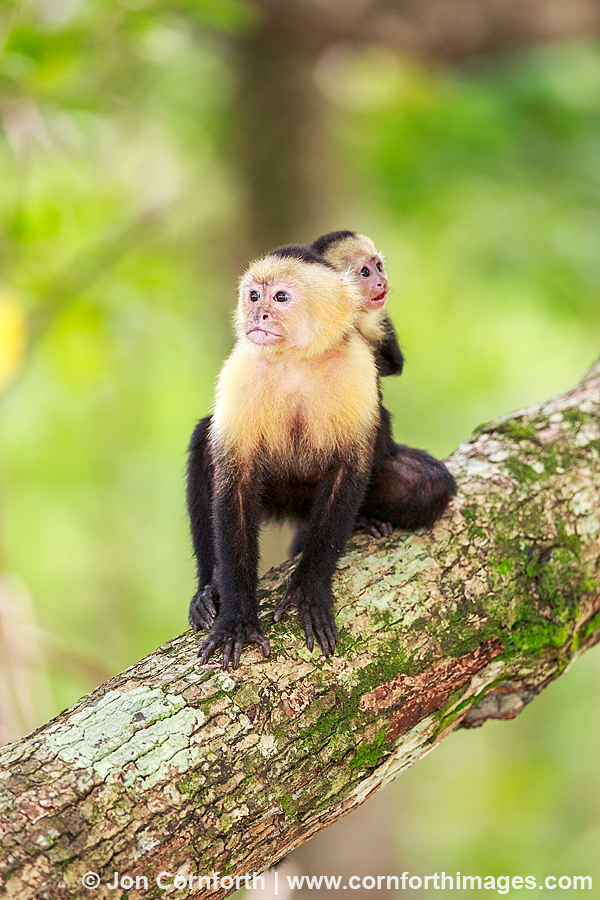
White Faced Capuchin 3
-
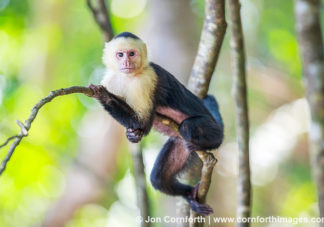
White Faced Capuchin 31
-
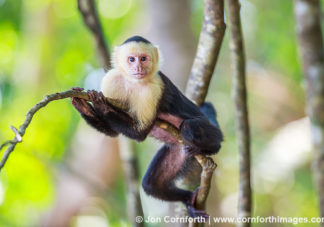
White Faced Capuchin 32
-
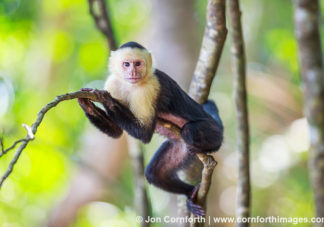
White Faced Capuchin 33
-

White Faced Capuchin 4
-

White Faced Capuchin 5
-

White Faced Capuchin 6
-
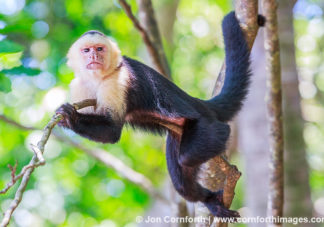
White Faced Capuchin 7
-

White Faced Capuchin 8
-
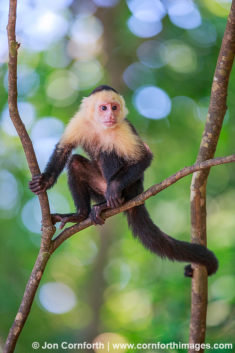
White Faced Capuchin 9
